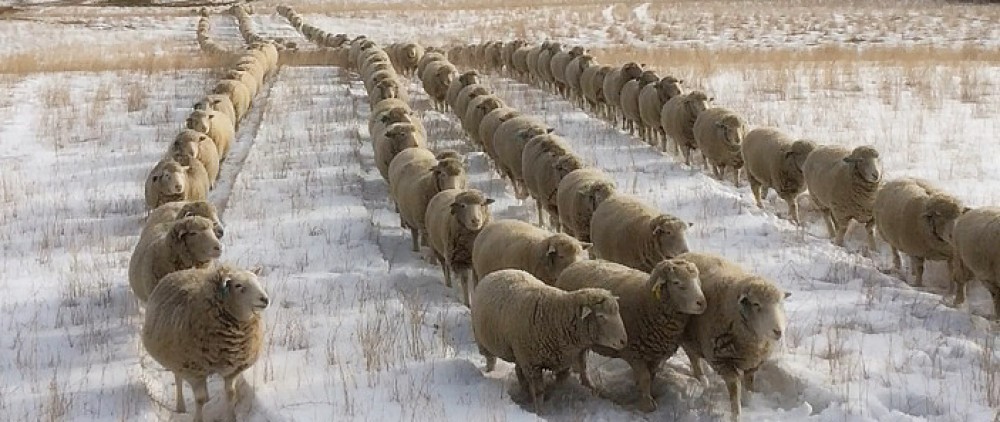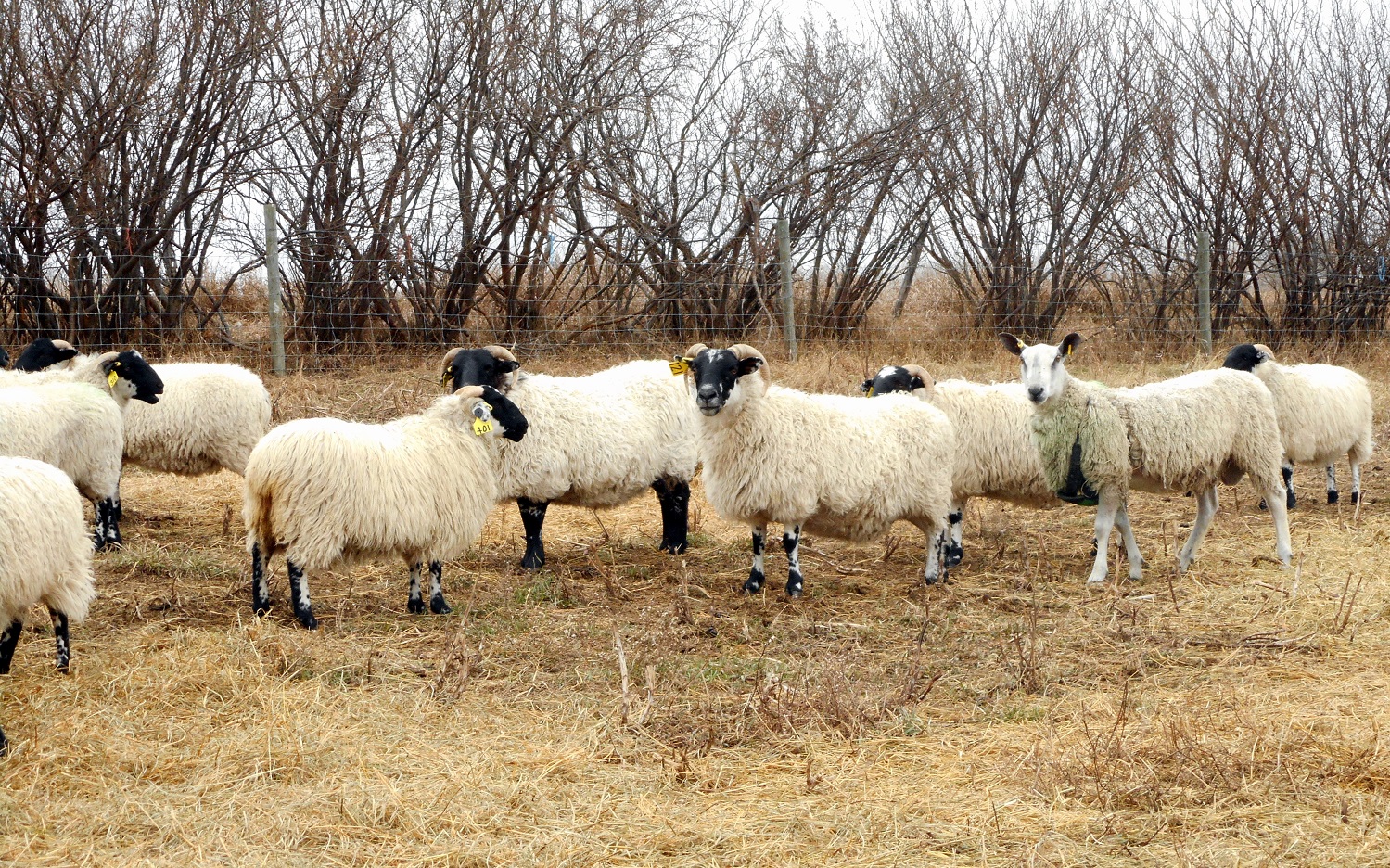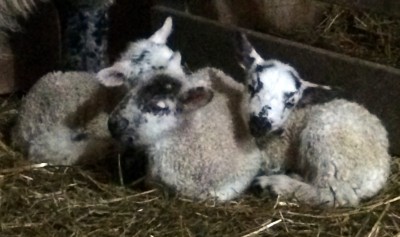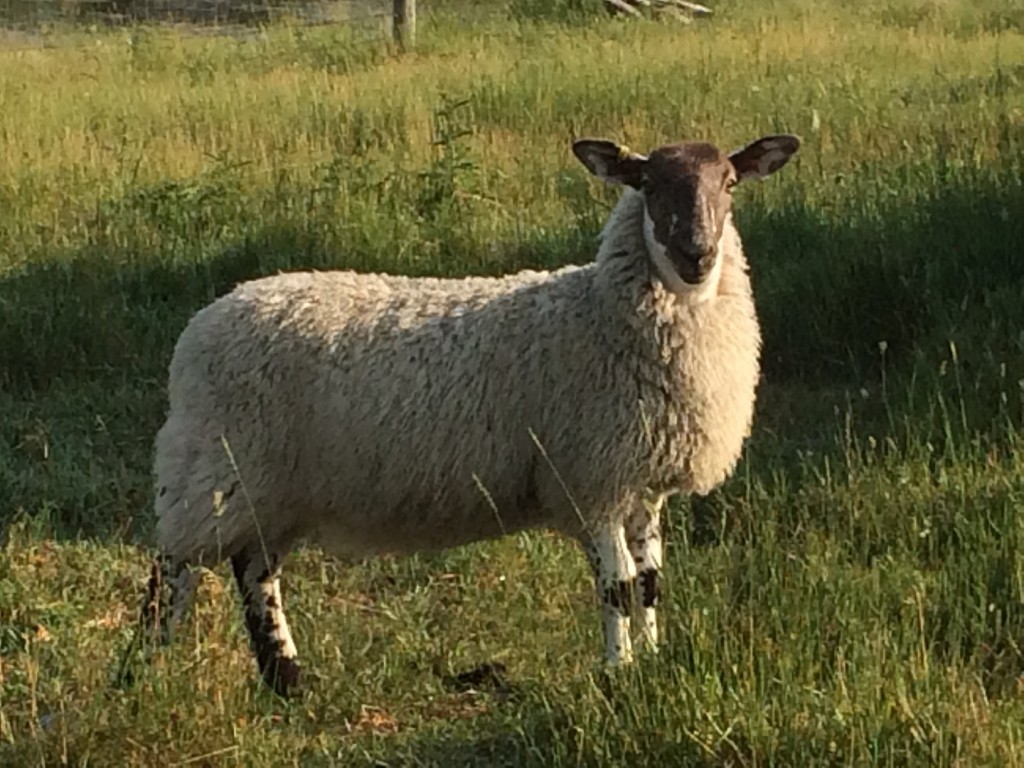Explanation of a Mule Sheep
Great Britain has developed a unique way of producing prime market lambs. The process is traditionally called a 3-tier system. This stratified or 3-tier breeding system has been perfected over hundreds of years in the United Kingdom. It works because the breeds involved have been fine tuned to genetically mesh with each other during each step of the system.
It all starts at the top with what is sometimes referred to as a “hill or upland sheep”. A hill sheep is typically the local or endemic breed to a given area or region, which survives well in its environment. Examples of a few regional breeds in the UK are: Blackface in Scotland, Swaledale in Northern England, the Welsh Mountain in Wales and the Clun Forest in Shropshire.
The hill ewes are then bred to a Bluefaced Leicester ram to produce crossbred progeny referred to as “Mules”, Scotch Mules, North of England Mules, Welsh Mules, Clun Mules, Cheviot Mules, and more recently Dorset Mules. The Mule ewe is the backbone of the UK’s prime lamb production system. Fifty percent of all UK crossbred (commercial) ewes are Mules. These Mules inherit the vigor and hardiness of its hill dam with the added benefit of an improved wool clip, increased size and capacity, higher prolificacy (some flocks exceed 200%), early maturity (it is common to breed the Mule ewe lamb in her first year) and milkiness from her Bluefaced Leicester sire.
In the UK, Mule ewe lambs are either retained for the next step of the system, or sold off the farm in the fall at the livestock markets by the thousands. They are purchased to make up large commercial flocks for the UK’s “prime” lamb production. In the final tier of the scheme, the Mule ewes are bred to terminal sires, renowned for their heavy carcass genetics. The preferred ones being either a “British” Suffolk or a Texel. This third step in the system produces a carcass lamb that easily reaches market weights off milk and grass.
Scotch Mules
The Scotch Mule has the conformation and hardiness of the Blackface and the prolificacy and the milking ability of the Bluefaced Leicester in addition to hybrid vigor. Combined with the mothering instinct of both, we have a female which when given the correct management, will produce a 200% lambing and is capable of nursing them whether it be for early market or finishing on grass. Scotch Mule ewes are the most popular of the Mule breeds in the UK. They have the ability to successfully rear their lambs with little intervention from the shepherd.
The very first Scotch Mule lambs to be born on McDermit Ranch arrived on March 16, 2015! A set of triplets ~ 1 ewe lamb and 2 ram lambs.
July 8, 2015 update:
We ended up with 30 Scotch Mule ewe lambs and 25 wethers. Here is a picture of one of our favorite ewe lambs.









